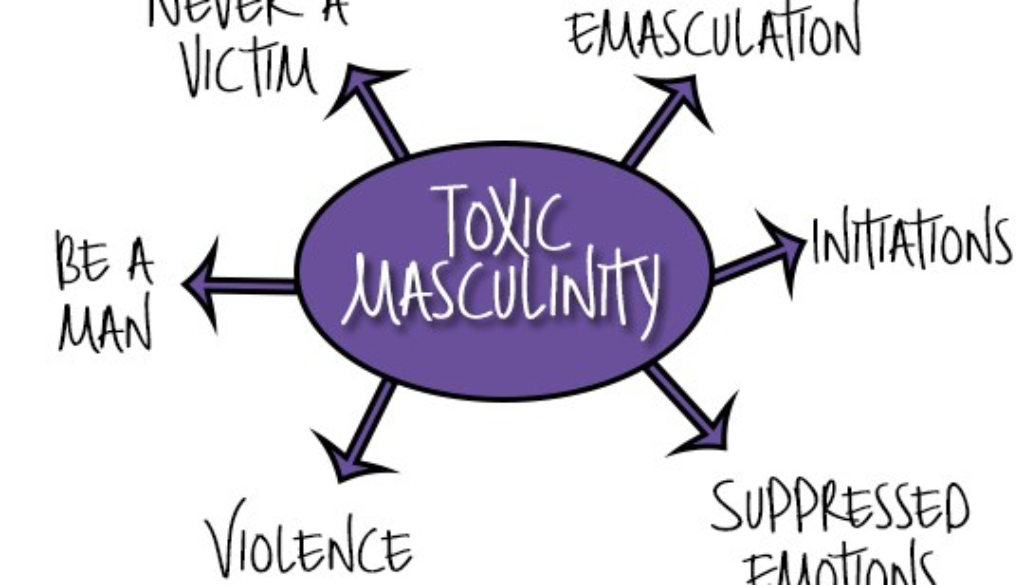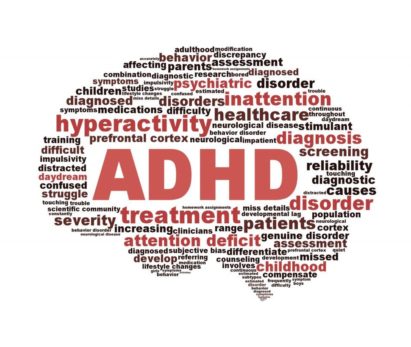Toxic Masculinity: Dismantling Humanity
How the Patriarchy Denies Men of Their Humanity
With the success of the “Me Too” Movement, third wave feminism has been more influential than ever before. Feminism and gender rights in general have been popular social issues for a long time. Although the conversation regarding feminism mainly center around women’s issues, I think it’s important to acknowledge how the patriarchy affects men as well. Especially when these issues can threaten their lives.
According to The National Coalition Against Domestic Violence, 1 in 9 men experience severe intimate partner physical violence, intimate partner contact sexual violence, and/or intimate partner stalking with impacts such as injury, fearfulness, post-traumatic stress disorder, use of victim services, and contraction of sexually transmitted diseases. 1 in 10 men experience rape, physical violence and/or stalking to a severe degree. Despite these high frequency occurrences, men are less likely to report their perpetrators. The reason behind this can be attributed to one defining aspect of the patriarchy: toxic masculinity.
"Toxic Masculinity"
“Toxic Masculinity”
Masculinity is a societally-defined set of characteristics associated with being male. These characteristics can include certain behaviors, attributes, or roles that have been associated with men. What this specifically entails varies by culture. For instance, in Western culture, masculinity tends to lean towards displays of independence, courage, strength, and assertiveness. By itself, masculinity isn’t necessarily harmful.
Besides using it as a way to define femininity, masculinity doesn’t pose any threat to men’s health. Essentially, it serves its function as any other label, mainly to either correlate or provide grounds for disassociation for the individual who has it. The problem with masculinity lies in its enforcement: when the individual male doesn’t get the power to accept or deny his label. Rather, societal expectations force them to adhere to a specific set of “do’s-and-don’ts” against their will. This idea is referred to as toxic masculinity.
Toxic masculinity pushes the characteristics of masculinity to an extreme. Under this guise, masculine traits include—but are not limited to—stoicism, violence, sexually aggressive, etc. These more drastic traits often lead to a certain standard of behavioral adherence as well.
The primary issue with toxic masculinity’s “behavioral code” is that it centers around suppressing emotions. On the surface, this doesn’t seem like a huge issue, but the expectation of silence when it comes to speaking about emotions or past trauma has been scientifically proven to be lethal for men. According to the American Foundation for Suicide Prevention, men are 3.5 times more likely than women to commit suicide. In fact, men are more likely to choose more lethal methods of suicide, preventing any form of intervention. Experts attribute this to a lack of communication of their emotions.
![]() Because of toxic masculinity, men feel a burden to be able to manage their emotions to a point of nonexistence. In fact, men consultation rates are 32% lower than women. Despite recent social progresses, we as a society still don’t allow men to experience their emotions. We don’t allow them to feel shame or hurt or sadness. We expect them to be fierce and strong all the time, even though we know that’s impossible. Toxic masculinity is dismantling humanity right under our noses, and we aren’t doing enough about it.
Because of toxic masculinity, men feel a burden to be able to manage their emotions to a point of nonexistence. In fact, men consultation rates are 32% lower than women. Despite recent social progresses, we as a society still don’t allow men to experience their emotions. We don’t allow them to feel shame or hurt or sadness. We expect them to be fierce and strong all the time, even though we know that’s impossible. Toxic masculinity is dismantling humanity right under our noses, and we aren’t doing enough about it.
What Can We Do?
Toxic masculinity is a solvable yet complicated issue. Since dismantling toxic masculinity involves going against the societal current, individual cases become very important. Each of us, regardless of gender, need to make the decision that we are not going to teach men to deny themselves of their emotions.
![]() We need to stop the “boys don’t cry” mentality and start putting effort into teaching men emotional intelligence. We need to show them that their emotions are valid and are worth expressing. We do this by being an encouraging and guiding force in their lives. We encourage them to reflect, observe and accept themselves as emotional beings. We allow them to express themselves, and we stand by them throughout their healing process.
We need to stop the “boys don’t cry” mentality and start putting effort into teaching men emotional intelligence. We need to show them that their emotions are valid and are worth expressing. We do this by being an encouraging and guiding force in their lives. We encourage them to reflect, observe and accept themselves as emotional beings. We allow them to express themselves, and we stand by them throughout their healing process.
For once, we don’t expect them to figure things out on their own. We show up for them.





